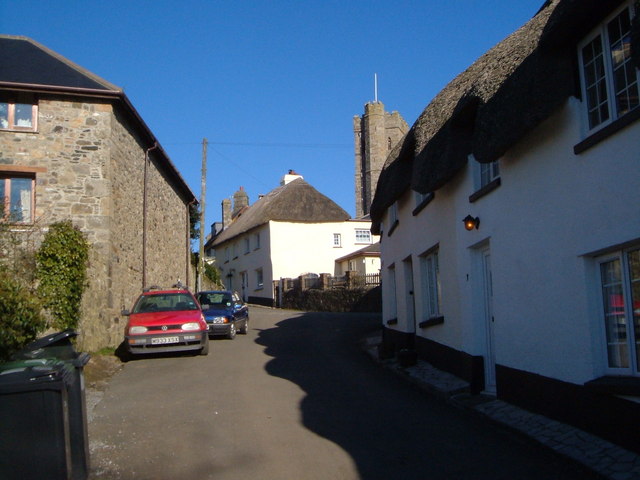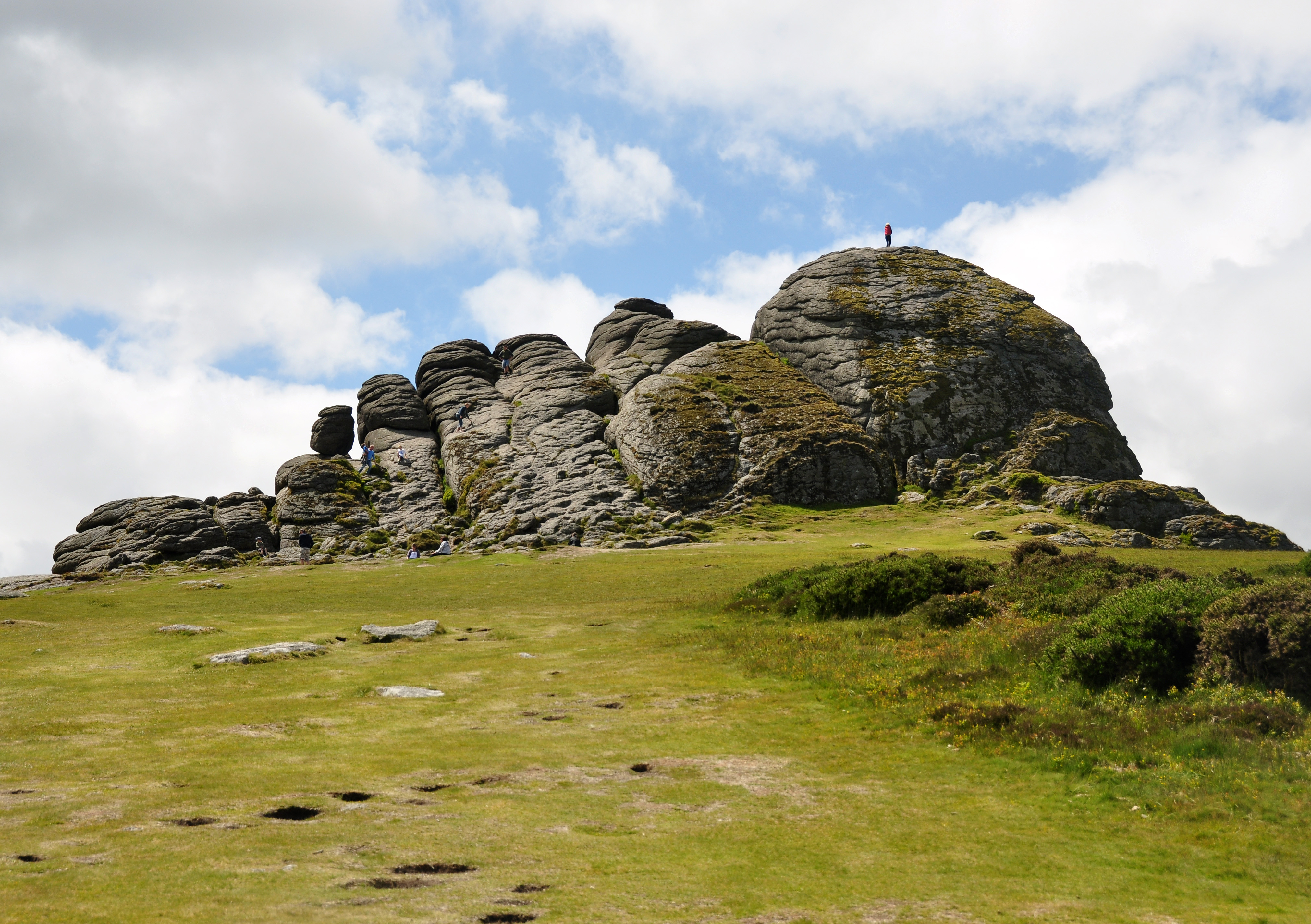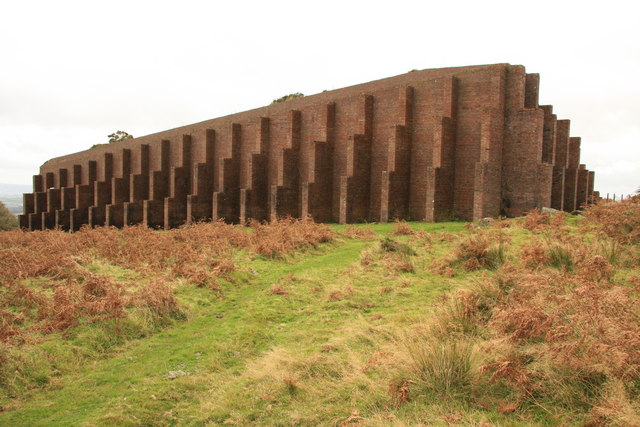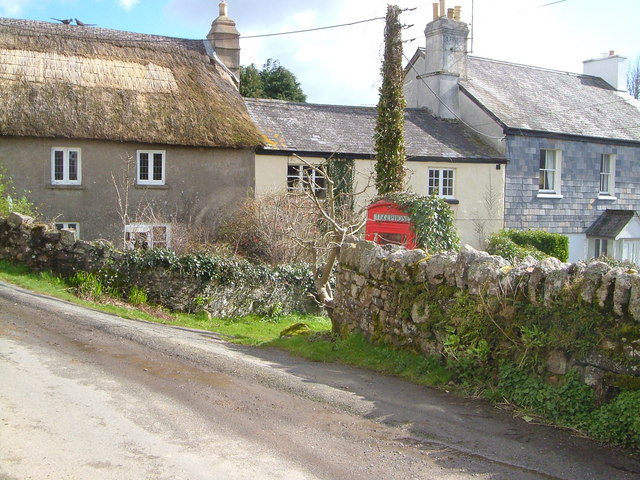Bag Tor
Hill, Mountain in Devon Teignbridge
England
Bag Tor

Bag Tor is a prominent hill located in Devon, England. Standing at an elevation of 309 meters (1,014 feet), it is known for its stunning views and unique geological features. Situated on the eastern edge of Dartmoor National Park, Bag Tor offers visitors a picturesque and tranquil escape from the bustling city life.
The hill is composed mainly of granite, which has been weathered over time, resulting in fascinating rock formations and tors. Bag Tor itself is a tor, a large outcrop of exposed bedrock, which adds to its distinctive character. The tor is easily accessible, with footpaths leading to its summit, making it a popular destination for hikers and nature enthusiasts.
From the top of Bag Tor, visitors are rewarded with breathtaking panoramic views of the surrounding countryside. On a clear day, one can see the rolling hills of Dartmoor, the picturesque villages nestled in the valleys, and even glimpses of the distant coastline. The hill is particularly renowned for its stunning sunsets, attracting photographers and artists alike.
Bag Tor is also home to a diverse range of flora and fauna. The hillside is covered in heather and gorse, providing a habitat for various bird species, including skylarks and stonechats. Rare plants such as the yellow-wort and the white rock-rose can also be found here, adding to the area's ecological significance.
Overall, Bag Tor is a natural gem within the Devon landscape. Its combination of geological wonders, breathtaking views, and abundant wildlife make it a must-visit destination for anyone seeking a peaceful and awe-inspiring experience in the heart of nature.
If you have any feedback on the listing, please let us know in the comments section below.
Bag Tor Images
Images are sourced within 2km of 50.568618/-3.7497655 or Grid Reference SX7675. Thanks to Geograph Open Source API. All images are credited.














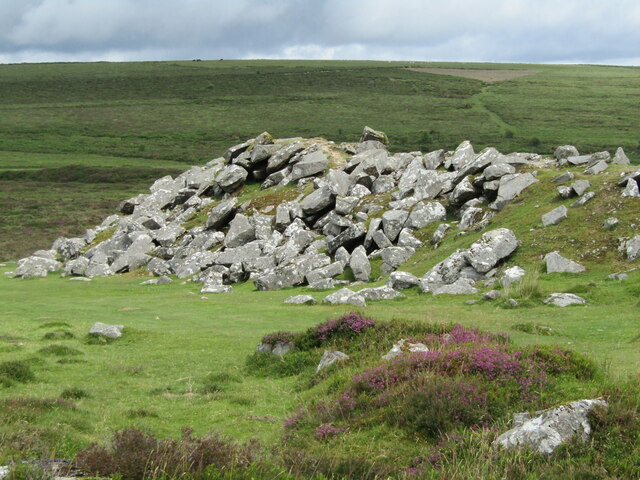
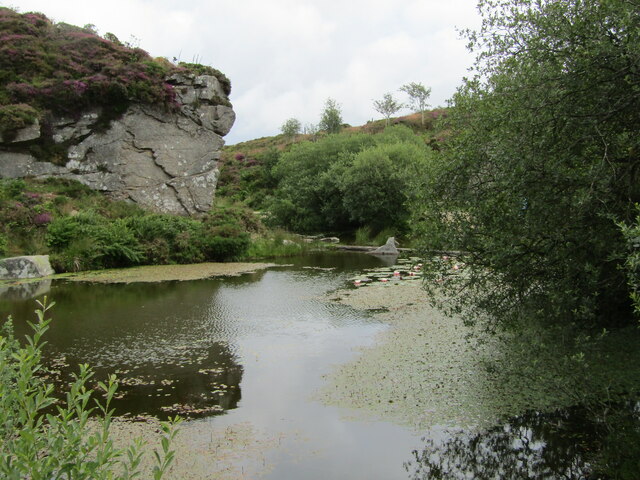
Bag Tor is located at Grid Ref: SX7675 (Lat: 50.568618, Lng: -3.7497655)
Administrative County: Devon
District: Teignbridge
Police Authority: Devon and Cornwall
What 3 Words
///surveyors.clashing.thick. Near Bovey Tracey, Devon
Related Wikis
Ilsington
Ilsington is a village and civil parish situated on the eastern edge of Dartmoor, Devon, England. It is one of the largest parishes in the county, and...
Haytor
Haytor, also known as Haytor Rocks, Hay Tor, or occasionally Hey Tor, is a granite tor on the eastern edge of Dartmoor in the English county of Devon....
Rippon Tor
Rippon Tor is a striking tor on eastern Dartmoor, in England, that stands at 473 metres (1,552 ft) above sea level. It has three cairns, of which are some...
River Lemon
The River Lemon is a 9.9 miles (15.9 kilometres) river in the county of Devon in southwest England. It is a tributary of the River Teign, starting on Dartmoor...
Rippon Tor Rifle Range
Rippon Tor Rifle Range is a disused rifle range from World War II on Dartmoor, Devon, England. The range is situated southeast of the 473 m high Rippon...
Haytor Granite Tramway
The Haytor Granite Tramway (also called Heytor) was a tramway built to convey granite from Haytor Down, Dartmoor, Devon to the Stover Canal. It was very...
Sigford
Sigford is a small hamlet in the Parish of Ilsington, on the eastern edge of Dartmoor, Devon, England. It is situated at the confluence of three rivers...
Pil Tor
Pil Tor is a granite tor on the eastern edge of Dartmoor, England. It sits at a height of around 420 metres (1,380 ft). == References ==
Nearby Amenities
Located within 500m of 50.568618,-3.7497655Have you been to Bag Tor?
Leave your review of Bag Tor below (or comments, questions and feedback).

